POPULAR GUIDES
Seasonal + Upcoming
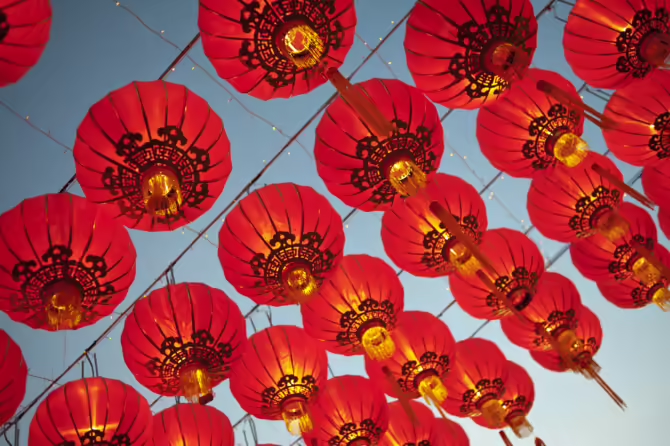
Where to Celebrate Lunar New Year Around Seattle in 2025
Slither into a new season 🐍
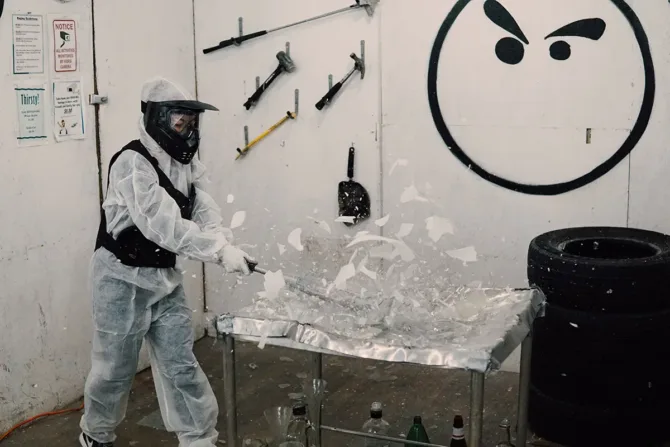
Date Night Ideas in Seattle: From Rage Rooms to Dessert Crawls
Ditch the dinner date 🔨

A Local’s Guide to Pike Place Market After Dark
Yes, it’s open late 🌝

Where to Get Coffee and Do Work in Seattle
It’s time to WFC (work from coffee shop) ☕

A First-Timer’s Guide to T-Mobile Park
Importantly, where to find the curry donuts 🍛🍩
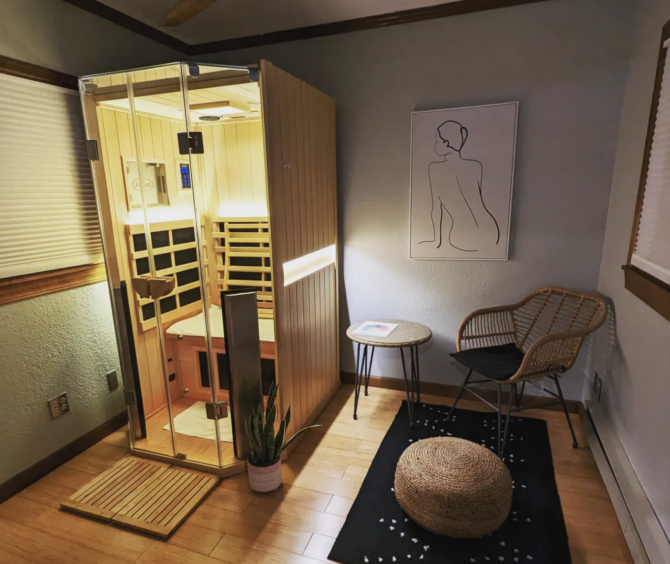
Where to Sweat Around Seattle
Saunas, steam rooms, hot springs, and hot tub boats 🥵

A Quick Guide to Black-Owned Businesses in Seattle and Tacoma
Buy Black all year long 🛍️
Neighborhood Deep Dives

Five Places to Visit Near the New Lynnwood Light Rail Station
#4 is a 24-hour burrito drive-through 🌯

A Night Out in White Center
Perfectly gritty 🐀
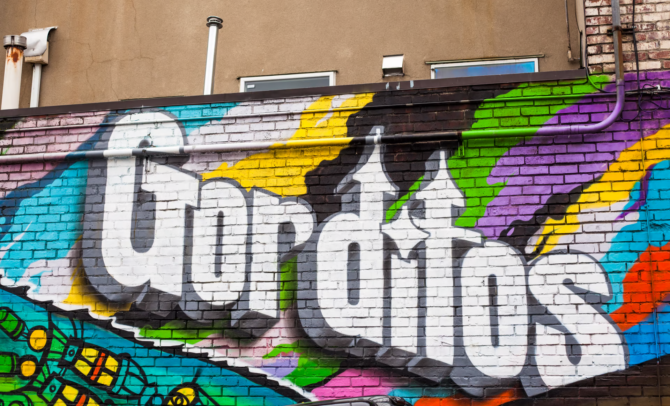
A Weeknight Out in Greenwood
Uniquely Seattle 🍻
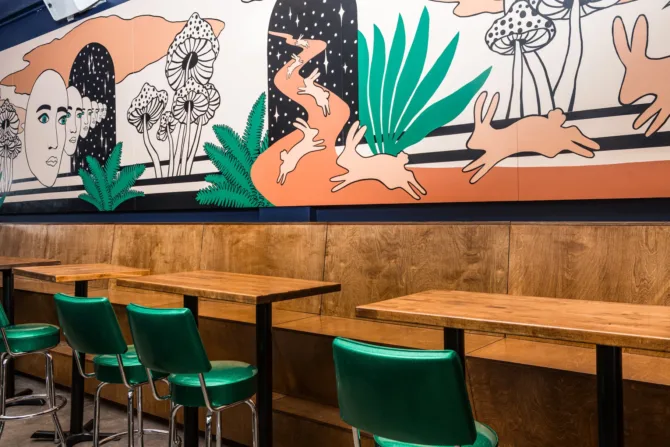
Where to Go Before and After a Show in Lower Queen Anne
Records! Oysters! Speakeasies galore! 🦪

An Afternoon Walk Through Beacon Hill
Don’t be pedestrian, be a pedestrian🚶♀️

A Local’s Guide to Shopping in Columbia City
From handmade snacks to Chanel pumps 👠
Food & Drink Adventures
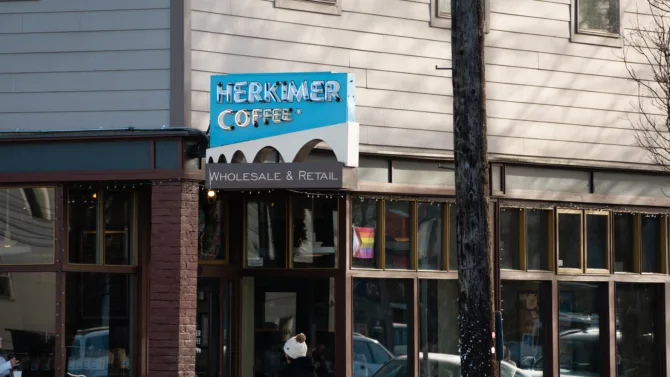
Where to Get Coffee in Seattle
Other than Starbucks ☕️

16 Boba Shops in Seattle’s University District
Boba on every corner 🧋

A Night Out With Friends in Lynnwood’s K-Town
Just off Highway 99 🚗

Where to Buy Weed in Seattle
Where to spend green to get green 🤑

The Best Bar Photo Booths in Seattle
Get pics with your pints 🍺

A Guide to Bar Trivia Nights Around Seattle
A pub quiz for basically every neighborhood ✏️
Cultural Experiences

Seattle’s Coolest Libraries and Archives
Black history, Braille, a Pike Place secret, and much more 📚
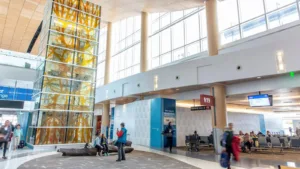
SEA Airport Is Basically an Art Gallery
Beauty-starved travelers, this is for you 🖼
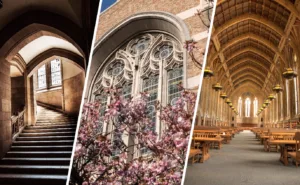
A Walk Through UW’s Best Architecture
Get into that green space 🌳

5 Off-The-Beaten-Path Museums in Seattle That Locals Love
From pinballs to log houses 🪵

10 Places Every Grunge Fan Must Visit in Seattle
Seattle does, in fact, smell like teen spirit 🎸
Local Activities & Entertainment

Where to Find Craft Classes and Workshops in Seattle
Get crafty 🧶

Where to Play Board Games in Seattle
Nerds just wanna have fun 🎵

A First-Timer’s Guide to Arcades in Seattle
We’re a pinball capital 🕹️

Where to See Local Standup Comedy in Seattle
A guide to laughs 🤣

Where to Sing Karaoke in Seattle Every Night of the Week
It’s a karaoke singer’s paradise around here 🎤✨

How to WhirlyBall in Edmonds (and… What Is It?)
Let’s get Whirlybuggin’ 🐞

Guide: The Best Dance Studios in Seattle
Choreo, community and core work 🎶
